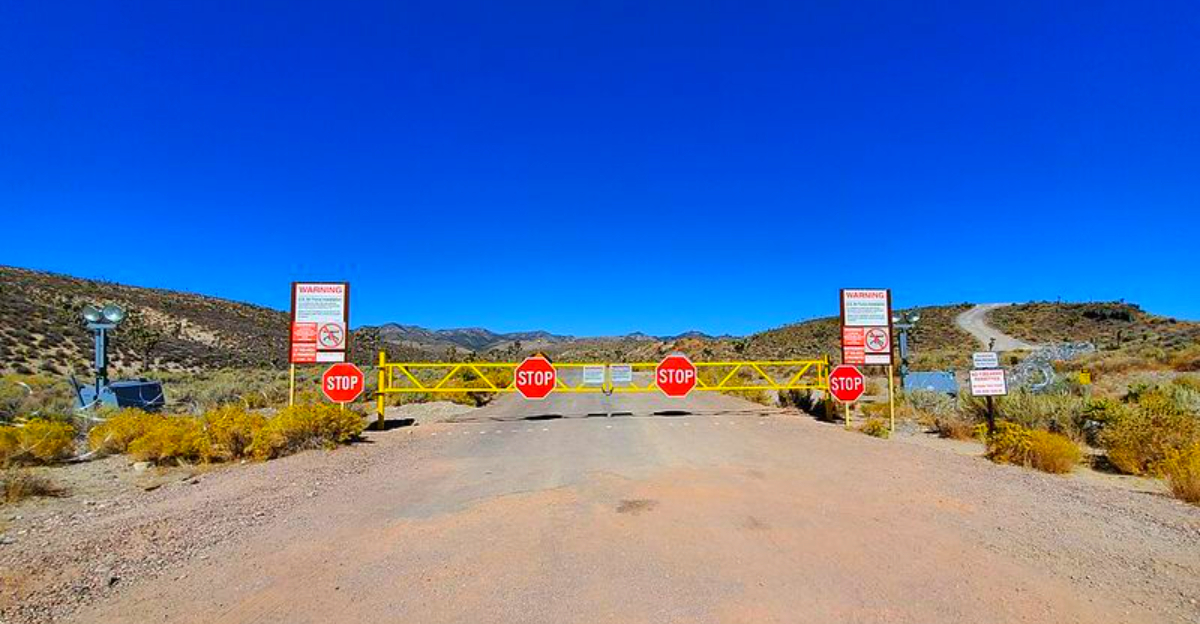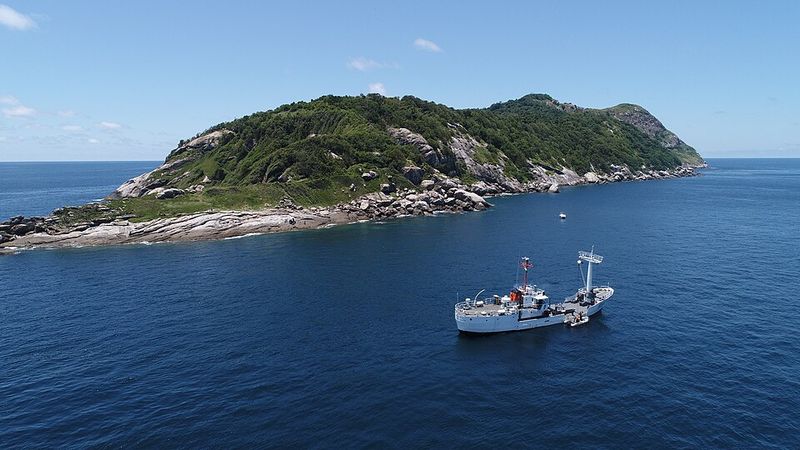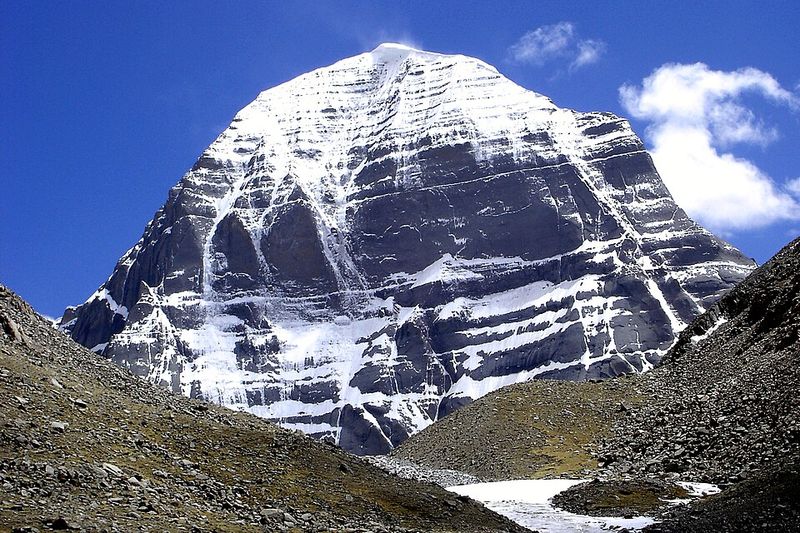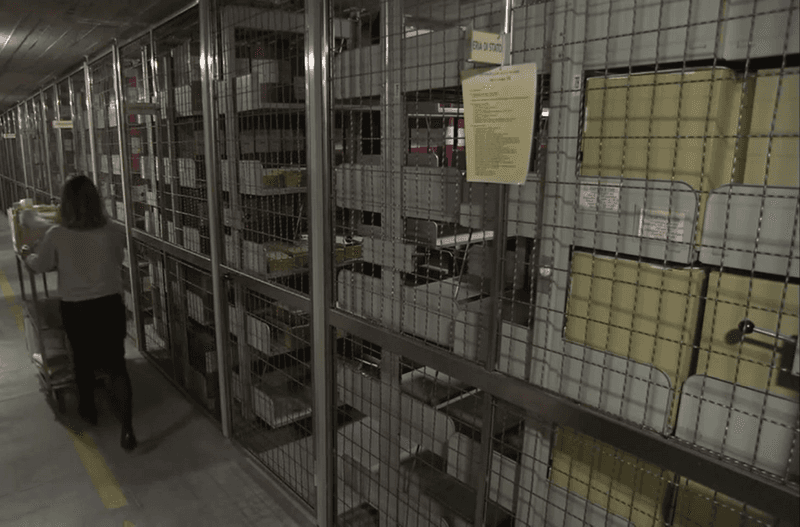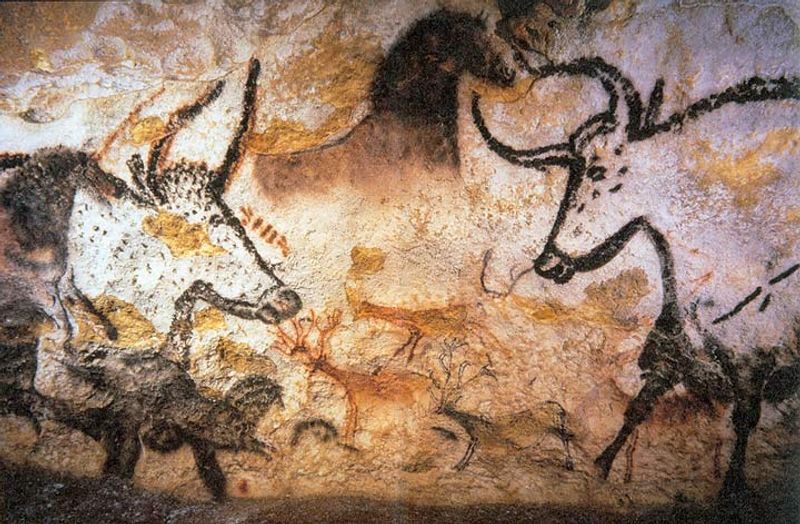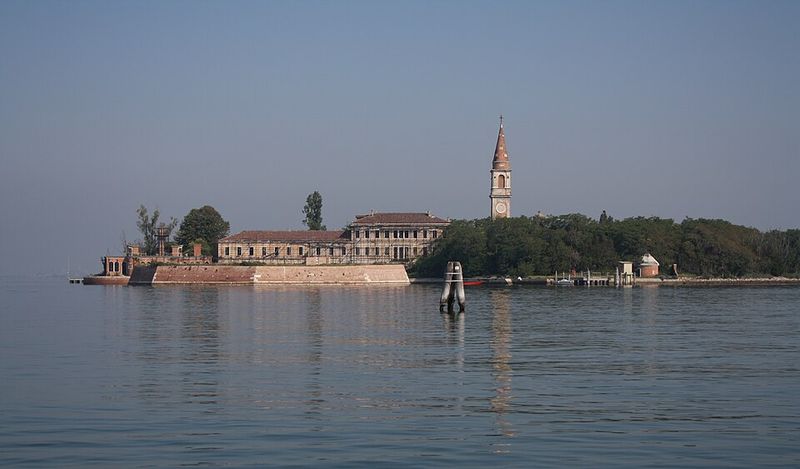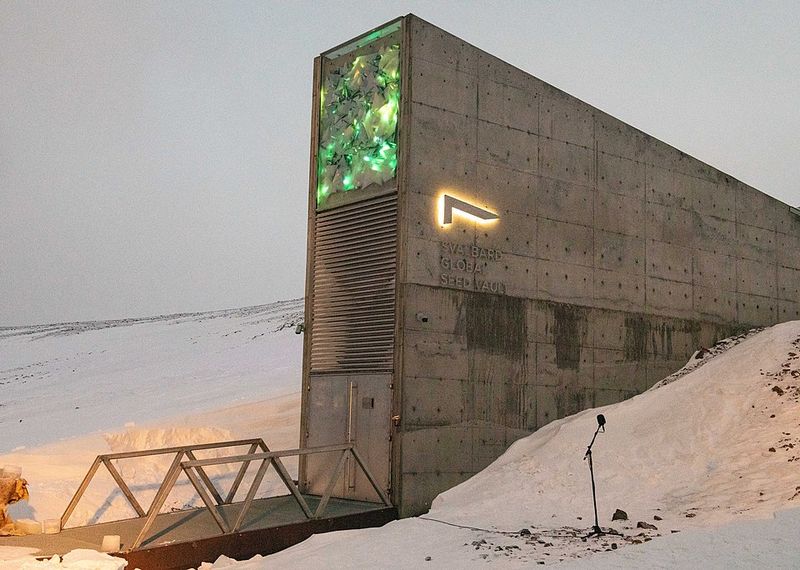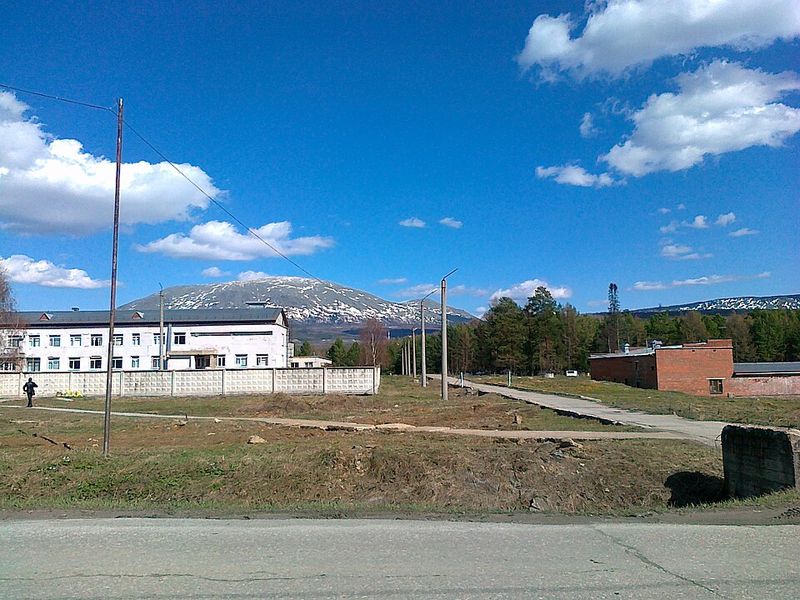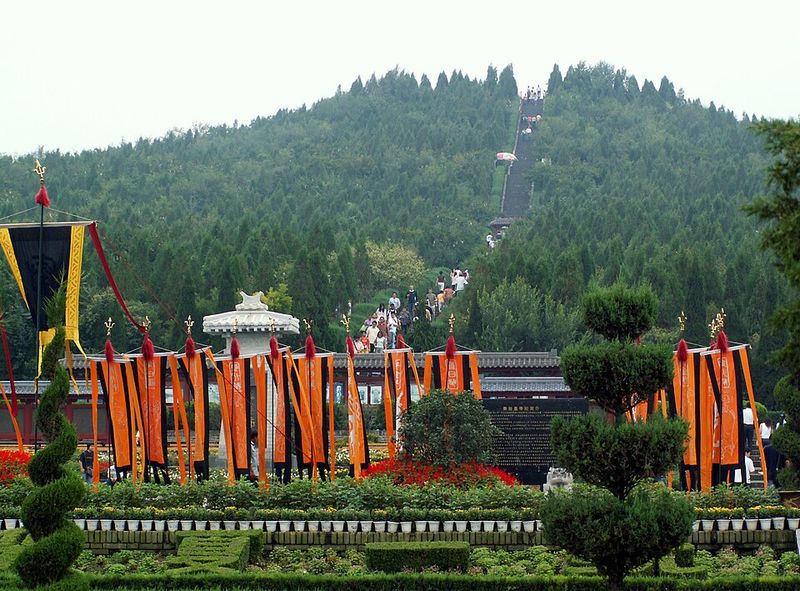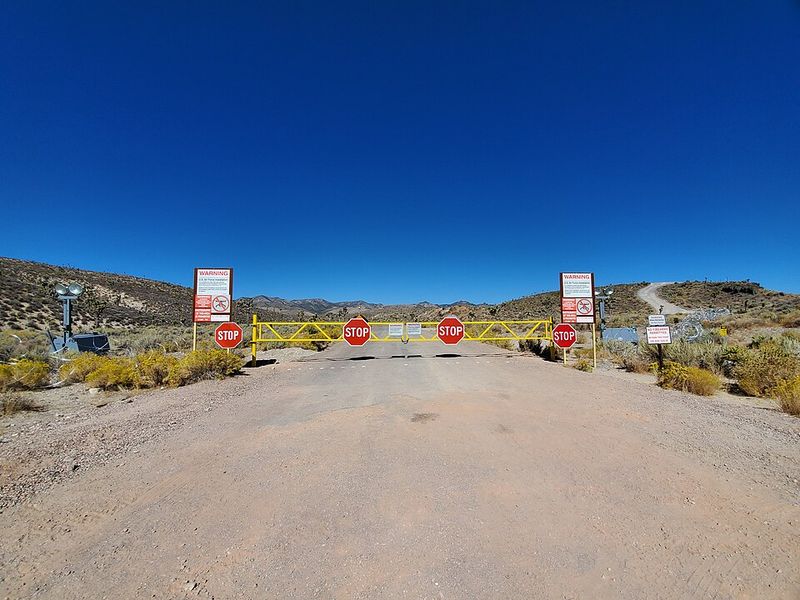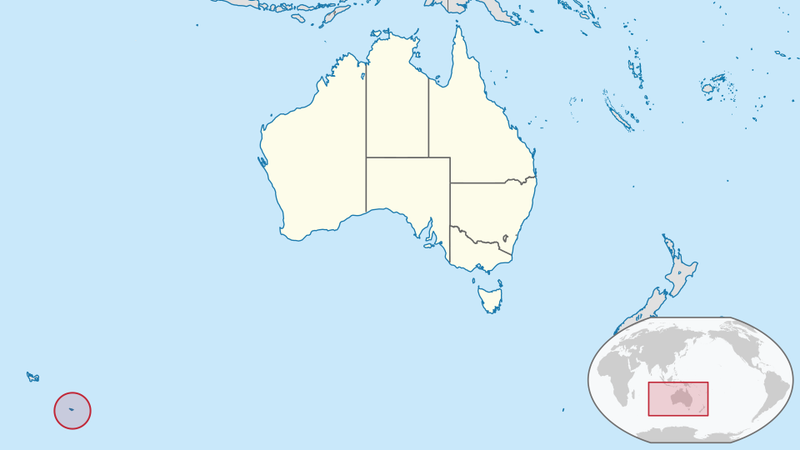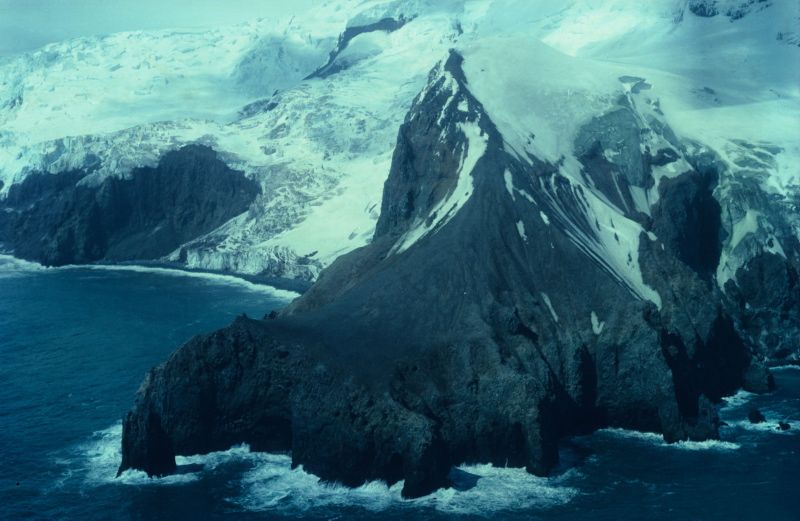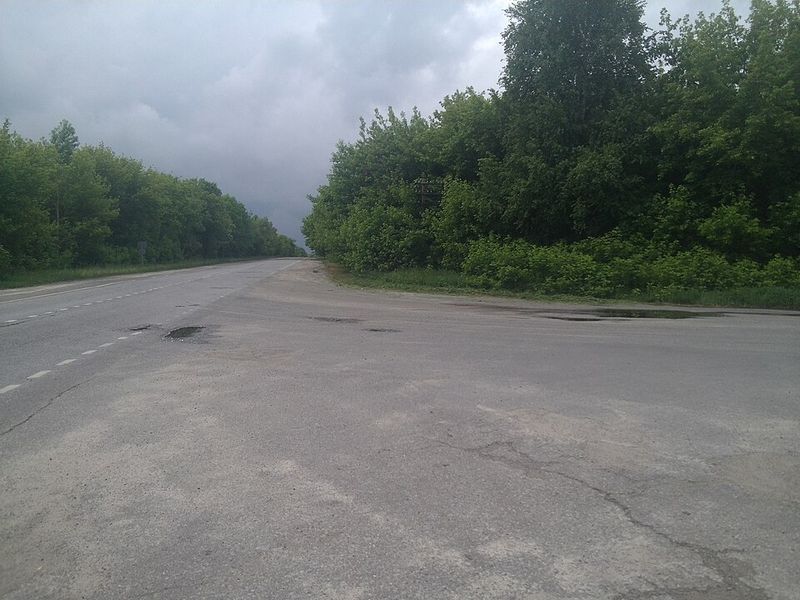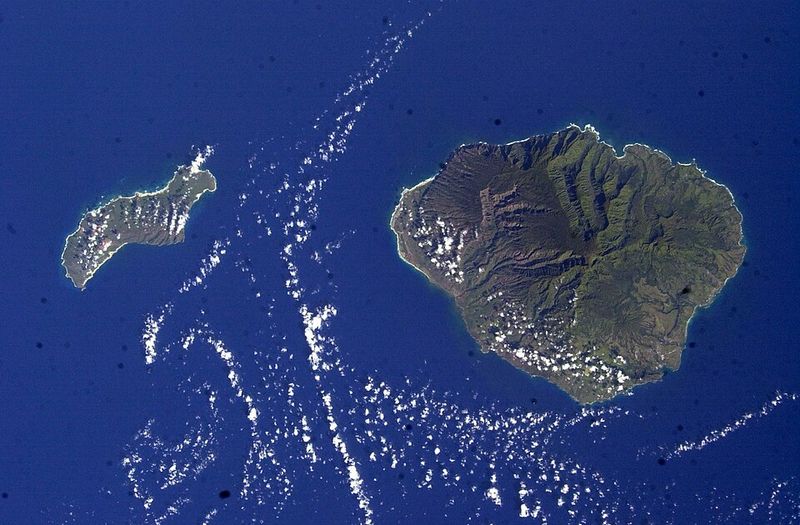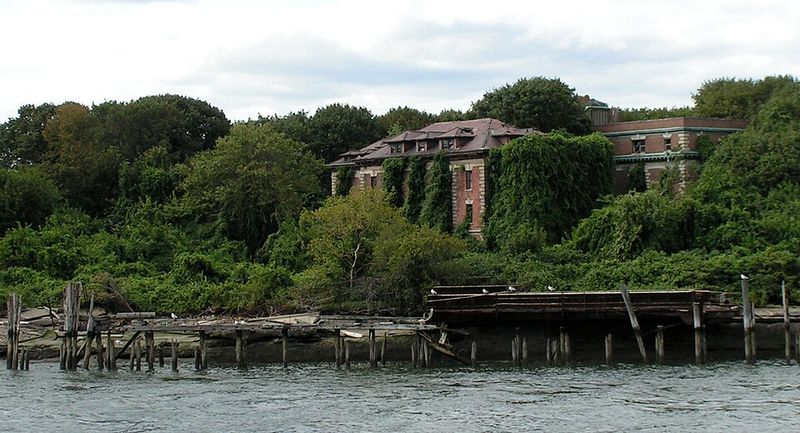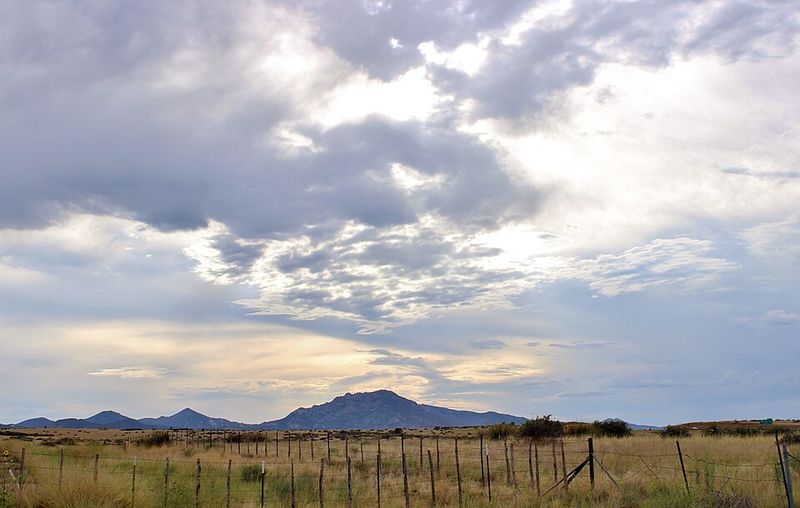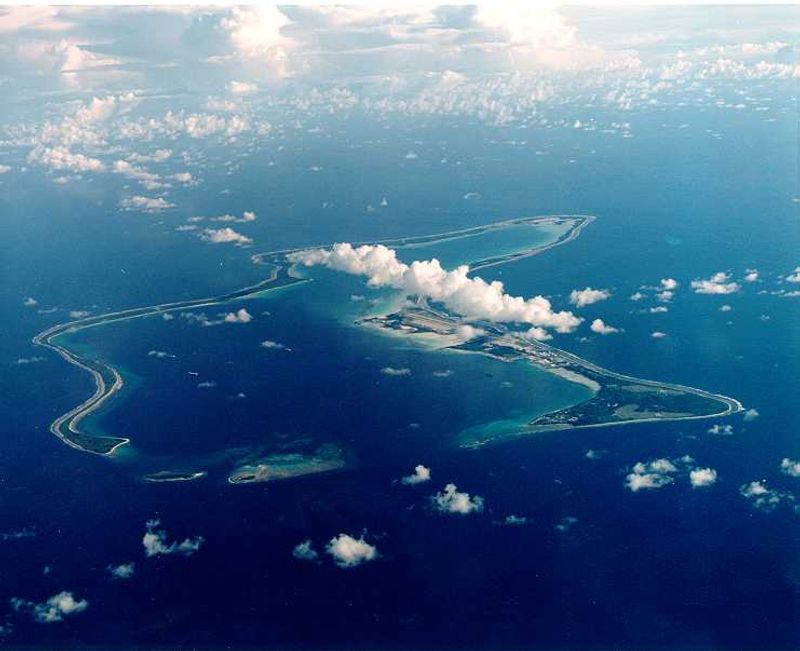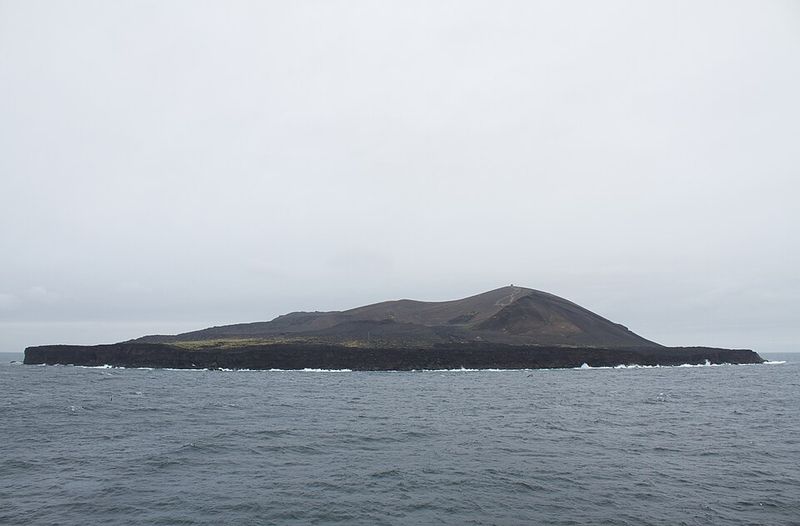Earth is a treasure trove of fascinating places, some shrouded in mystery and intrigue. Here are 17 sites that are off-limits, each with its own story of secrecy, danger, and preservation.
1. Ilha da Queimada Grande (“Snake Island”, Brazil)
Ilha da Queimada Grande, infamous as Snake Island, harbors the deadly golden lancehead viper. This Brazilian island presents a paradox of beauty and peril, with nature’s warning signs writ large.
Public access is prohibited by the Brazilian Navy to protect both human visitors and the island’s unique ecology. Researchers, under strict supervision, are the only ones allowed to tread its treacherous paths.
The dense vegetation and isolation make it a haven for these snakes, crafting a natural sanctuary with an aura of danger few dare to explore.
2. Mount Kailash (Tibet, China)
Mount Kailash, a sacred summit for Hindus, Buddhists, and Jains, stands as a spiritual beacon in Tibet. Its unclimbed peak is revered as the abode of gods and a symbol of divine power.
While pilgrims may circle the mountain, climbing is forbidden by both cultural reverence and Chinese regulations. This spiritual sanctity maintains its untouched majesty.
The mountain’s mystical allure continues to draw seekers, its presence an eternal reminder of faith’s enduring power over nature’s grandeur.
3. Vatican Secret Archives (Vatican City)
The Vatican Secret Archives, a treasure trove of history and theology, sit enshrined within Vatican City’s walls. Housing centuries-old documents, they are a historian’s dream veiled in secrecy.
Access is highly restricted, with only select scholars granted entry, ensuring the preservation of these fragile manuscripts. This controlled access fuels curiosity and speculation.
The archives’ mystique is compounded by the tantalizing prospect of undisclosed secrets, making them a symbol of the Church’s enigmatic past.
4. Lascaux Caves (Dordogne, France)
Lascaux Caves, a prehistoric art gallery, holds vivid Paleolithic paintings dating back 17,000 years. This French site is a portal to humanity’s creative dawn.
Closed since 1963 to curb damage from visitors, its preservation is paramount. Replicas allow the public a glimpse into its artistry without risking further deterioration.
The cave’s artwork dances with life, telling stories of an ancient world, a testament to early human imagination and expression.
5. Poveglia Island (Venice Lagoon, Italy)
Poveglia Island, draped in a veil of dark history, sits abandoned in the Venetian Lagoon. Once a quarantine station and later a mental asylum, its past echoes with whispers of tragedy.
The Italian government enforces a ban on entry, citing safety concerns and structural decay. Legends of hauntings add to its ghostly reputation.
The island’s eerie silence speaks volumes, a chilling reminder of its tumultuous history, forever locked in time and myth.
6. Svalbard Global Seed Vault (Spitsbergen, Norway)
The Svalbard Global Seed Vault, an ark of biodiversity, rests within a Norwegian mountain, safeguarding seeds from around the world. This fortress of life stands resilient against potential global catastrophes.
Public entry is prohibited, with only authorized personnel allowed. Its remote location and security ensure the seeds’ protection.
A beacon of hope and preservation, the vault symbolizes humanity’s commitment to future generations, a testament to foresight and resilience.
7. Mezhgorye (Russia)
Mezhgorye, Russia’s clandestine closed town, is a mysterious enclave shrouded in secrecy. Established amidst the Ural Mountains, its purpose remains veiled from the world.
Entry is tightly controlled, even for Russian citizens, due to its military and industrial significance. The town’s existence itself is closely guarded information.
This enigma, a relic of the Cold War era, continues to intrigue, a modern monument to concealed operations and strategic importance.
8. Mausoleum of Qin Shi Huang (China)
The Mausoleum of Qin Shi Huang, China’s first emperor’s resting place, remains partially unexplored. This archaeological marvel promises untold treasures and engineering wonders.
Many areas are sealed to preserve potential relics. The terracotta warriors, a glimpse into the emperor’s legacy, are a testament to ancient craftsmanship.
This tomb complex, steeped in history and mystery, stands as a testament to the grandeur of China’s imperial past and the secrets it still guards.
9. Area 51 (Nevada, USA)
Area 51, synonymous with UFO lore and speculation, remains a fortress of secrets. Tucked away in the Nevada desert, this U.S. Air Force base is a hub of classified operations.
Unauthorized entry is strictly forbidden, with high-security measures ensuring its privacy. The surrounding airspace is a no-fly zone, amplifying the aura of mystery.
Shrouded in secrecy, Area 51 fuels endless theories about extraterrestrial activity and advanced technology, a modern-day enigma in plain sight.
10. Heard Island and McDonald Islands (Australia)
Heard Island and McDonald Islands, remote volcanic lands in the southern Indian Ocean, are nature’s fortress. These Australian territories boast no permanent population, their landscapes sculpted by extreme weather and active volcanoes.
Access is highly restricted to protect its unique environment, a UNESCO World Heritage Site. The islands are a pristine canvas of raw, untamed beauty.
Their isolation renders them a living laboratory for geological and ecological studies, a testament to Earth’s untamed wildness.
11. Bouvet Island (Norway)
Bouvet Island, Earth’s most remote landmass, lies alone in the South Atlantic, a kingdom of ice and isolation. Uninhabited, it stands shrouded in snow and mystery.
Norway’s sovereignty over this icy expanse is a testament to its unique geographical significance. No safe landing sites and harsh conditions guard its solitude.
A natural fortress, Bouvet Island symbolizes the extremes of Earth’s geography, a desolate beauty seen by few and touched by none.
12. Chernobyl Exclusion Zone (Ukraine)
The Chernobyl Exclusion Zone, a haunting monument to nuclear disaster, spans the ghostly remnants of Pripyat. The 1986 meltdown left a legacy of radiation and desolation.
Guided tours offer glimpses into this post-apocalyptic landscape, but large areas remain closed for safety. Nature’s resilience is evident in the flora and fauna reclaiming the zone.
This area serves as both a warning and a lesson, a scar on the Earth’s surface marked by human error and nature’s enduring spirit.
13. Niihau Island (Hawaii, USA)
Niihau Island, Hawaii’s private enclave, preserves a slice of traditional Hawaiian life. Owned by the Robinson family since 1864, it remains a refuge of cultural heritage.
Visitors require an invitation, ensuring privacy and a lifestyle untouched by modernity. The island’s residents uphold ancient customs and language.
Niihau’s seclusion is a living testament to cultural preservation, a sanctuary where time stands still, echoing with the past’s gentle whispers.
14. North Brother Island (New York, USA)
North Brother Island, a forgotten relic in New York’s East River, whispers tales of quarantine and ghosts. Once home to “Typhoid Mary,” it now stands as a bird sanctuary.
Entry is restricted, preserving both its avian population and dilapidated structures. The island’s haunting silence tells stories of its tumultuous medical past.
A testament to nature’s reclamation, North Brother Island is a ghostly guardian of history, where echoes of the past linger softly in the present.
15. Granite Mountain Records Vault (Utah, USA)
Deep within a Utah mountain, the Granite Mountain Records Vault safeguards genealogical and religious treasures. This vault is a fortress of faith and heritage.
Access is reserved for church archivists, ensuring the protection and preservation of invaluable records. This facility represents a commitment to documenting lineage and faith.
A place of profound significance, the vault stands as a guardian of history, preserving the threads of ancestry woven across time and generations.
16. Diego Garcia (British Indian Ocean Territory)
Diego Garcia, a strategic military outpost, anchors the British Indian Ocean Territory. This atoll, leased to the U.S., plays a pivotal role in global military operations.
Civilians were evacuated in the 1970s, and entry remains restricted to military personnel. Its strategic importance underscores its guarded status.
Diego Garcia’s isolation belies its global significance, a silent sentinel in the ocean, pivotal in geopolitical arenas, yet unseen by civilian eyes.
17. Surtsey Island (Iceland)
Surtsey Island, born from a volcanic eruption in 1963, stands as a natural laboratory off Iceland’s coast. This young island is a canvas of ecological succession.
Access is restricted to scientists, preserving its pristine condition and scientific value. This untouched environment offers insights into life’s resilience.
A living testament to nature’s raw power and creativity, Surtsey is a beacon of natural history, where life’s story is written anew upon each volcanic stone.
